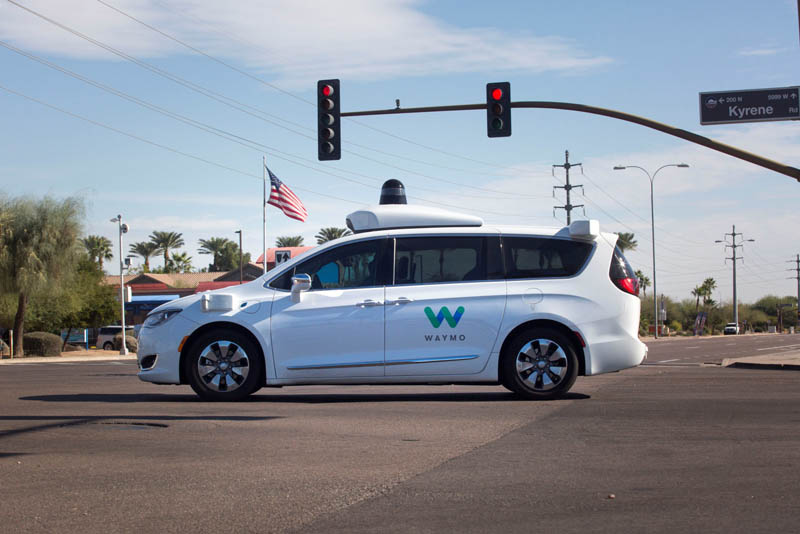San Francisco’s fire department is mighty ticked off with GM’s Cruise and Google Waymo’s robotaxis. Turns out the autonomous vehicles have been responsible for three 911 calls a day since they hit the streets in 2022, according to an NBC News report. The driverless cars frequently stall in the middle of the road and clog up traffic whenever they encounter construction zones or emergency vehicles, much to the chagrin of first responders.
The two companies were granted permits to offer robotaxis services in the city in 2022, but reports suggest that their vehicles are struggling to cope with unexpected incidents on the roads.
“We’re seeing at least one accident a day involving these things,” griped one fire chief. In some cases, the automated taxis have driven straight into active fire scenes and crushed fire hoses under their wheels. Firefighters even had to smash a window of one rogue vehicle to force it to stop. Suffice it to say, the chief doesn’t “think [the cars] are ready to hit the road.”
Related Posts: Autonomous driving craze in U.S has cooled off, but Road to Robotaxis is still long
Though the local transportation agency would love to rein in the robotaxis free-for-all, their hands are tied. Special rules in California prevent San Francisco from regulating self-driving cars. GM declined to comment, but Waymo’s safety honcho, Mauricio Pena, claimed their cars have “very few incidents” relative to the crazy high mileage they log. Still, Pena admitted the three daily 911 calls were “infrequent incidents.” Waymo plans to put 10 times more robotaxis on San Fran’s streets this summer, a prospect that has the city transportation director, Jeffrey Tumlin, seeing red. “This will have a huge impact on traffic congestion, will cause major delays in our public transit system, and affect emergency vehicle response times,” he fumed.
While autonomous cars may represent the future of transportation, it’s clear that there are still significant challenges to be addressed before they can be fully integrated into our cities.
